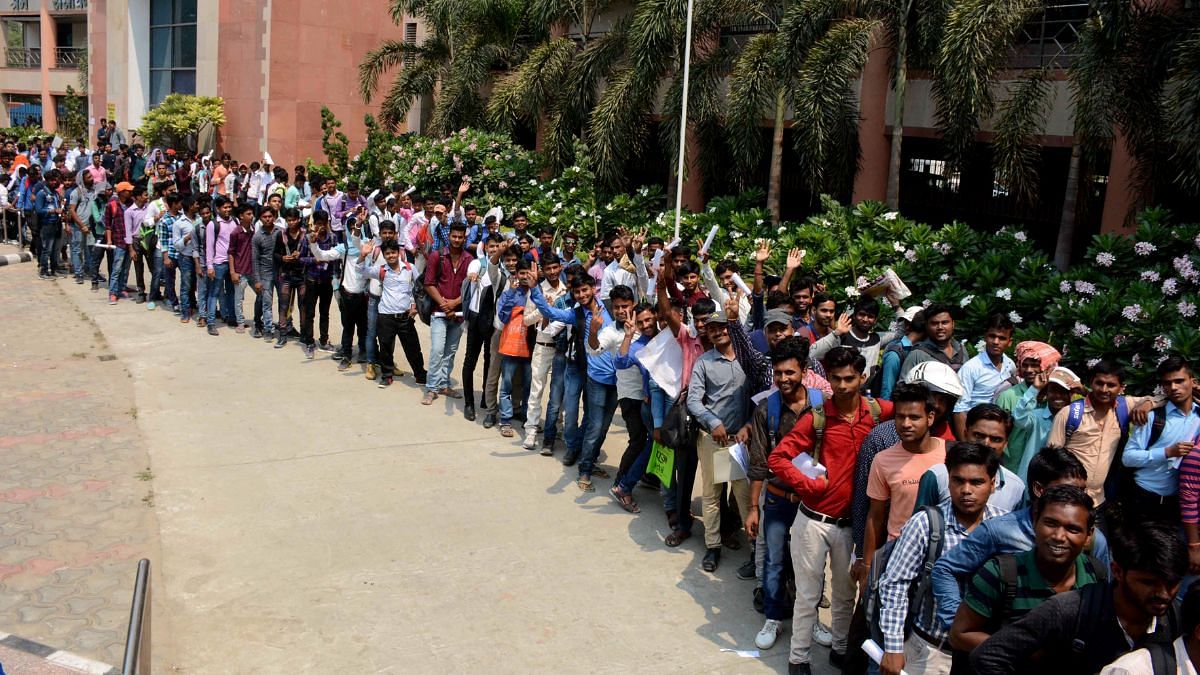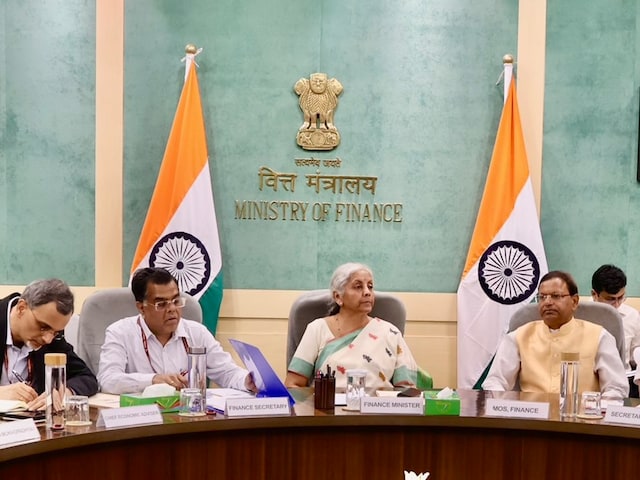Why Car Sales Are Plummeting in India: High Taxes, Unemployment, and Economic Uncertainty in 2024
Discover the reasons behind the sharp decline in car sales, how government policies under Finance Minister Nirmala Sitharaman are impacting the industry, and what steps can revive India's struggling auto market.
Car Sales Decline in 2024: A Crisis for the Indian Automotive Market
As we approach the end of 2024, the Indian automobile industry finds itself grappling with one of its most significant slowdowns in recent years. Car sales have witnessed a sharp decline, leading to high stock and inventory levels for manufacturers, a rise in unsold vehicles, and a growing sense of uncertainty within the market. Several factors have contributed to this situation, from economic challenges to policy issues, making it harder for middle-class consumers to afford cars.

Key Reasons Behind the Decline in Car Sales
1. High Taxation Policy Imposed by the Indian Government
One of the major contributors to the decline in car sales has been the high taxation on automobiles in India. The Goods and Services Tax (GST) on cars ranges from 28% to 50%, depending on the category and type of vehicle. Additional taxes like road tax, registration fees, and cess make owning a vehicle even more expensive. For a large section of the middle class, the steep taxes have pushed car prices beyond their reach.
Electric vehicles (EVs), which were expected to drive the future of the industry, are also suffering from this high taxation, despite the government’s efforts to incentivize clean energy. The policy has, therefore, acted as a double-edged sword, hurting the overall affordability of cars.
2. Unemployment Among Youth
India’s youth, who once represented a robust consumer base for the automobile industry, are now facing a crisis of unemployment. With a staggering number of young people unable to secure stable jobs, the purchasing power in this demographic has drastically diminished. Car ownership, which was once a symbol of upward mobility for this group, has now become unattainable due to financial instability.
Youth unemployment not only affects individual households but also creates ripples across the broader economy. The lack of disposable income among younger consumers has caused a significant contraction in demand for cars, contributing to the growing inventory of unsold vehicles.

3. Economic Uncertainty and Recession
Economic uncertainty and fears of an impending recession have further dampened consumer confidence. Inflation, coupled with stagnating wages, has forced many middle-class families to rethink major purchases, including cars. The uncertainty surrounding the future of the economy has led many to postpone or cancel plans to buy vehicles.
This sentiment is further compounded by global economic instability, making it harder for the Indian market to bounce back. Consumers, unsure of their financial security, are more inclined to save rather than invest in large purchases, creating a vicious cycle of low demand and high inventory for manufacturers.

4. Layoffs in Key Industries
Layoffs in major sectors like IT, manufacturing, and banking have shaken consumer confidence. Industries that traditionally supported car sales by providing steady employment have been hit hard by automation, outsourcing, and global competition. The resulting layoffs have left many individuals without a stable income, pushing car ownership further out of reach.
Major cities that once thrived on automotive demand are now seeing stagnant sales as companies reduce their workforce and consumers feel less secure about their financial futures.


Major Companies Facing Declines in Market Share
Prominent players in the Indian auto industry, such as Maruti Suzuki, Tata Motors, and Mahindra & Mahindra, have seen a significant dip in sales and market share. Even multinational corporations like Hyundai and Toyota are struggling to maintain growth. Stock market performance of these companies has reflected this downward trend, with auto stocks dipping substantially throughout 2024.
For instance:
- Maruti Suzuki, India’s largest automaker, has reported a consistent decline in market share over the last two quarters, with stock prices falling by nearly 15%.
- Tata Motors, despite its push for electric vehicles, saw a reduction in its stock value due to inventory overload and sluggish sales in the EV segment.
- Mahindra & Mahindra and Hyundai India have also faced setbacks, as both companies struggle with low demand and high production costs, leading to falling stock values and reduced investor confidence.

Projections for Market Recovery
The Indian auto market is projected to face slow growth through 2025, with a potential rebound expected only in the latter half of 2026. The global economic climate, the pace of job creation, and government policy reforms will play critical roles in determining the timeline for recovery. However, without substantial intervention, the current downturn could persist for an extended period.
Measures the Government Should Take to Boost the Auto Market
1. Reduce Taxation and Encourage Affordability
To stimulate demand, the government needs to reconsider its high taxation policies on automobiles. A reduction in GST rates for both internal combustion and electric vehicles will make cars more affordable to the middle class. In particular, reducing the tax burden on entry-level cars and electric vehicles can create a more consumer-friendly environment, driving higher sales and boosting the industry.
2. Create Employment Opportunities for Youth
The government must focus on generating employment opportunities for young people, especially in sectors that traditionally drive car sales. Programs designed to skill and employ the youth can lead to increased disposable income, restoring consumer confidence in major purchases like automobiles.
3. Address Economic Uncertainty
In order to tackle the underlying economic uncertainty, the government should implement policies that promote economic stability and growth. Supporting businesses in critical industries through tax breaks and incentives could help stabilize the workforce, ensuring that layoffs are minimized. Additionally, economic stimulus packages targeting the automotive sector could help manufacturers reduce excess inventory and revive production.

4. Encourage Financial Institutions to Offer Low-Interest Auto Loans
Making auto loans more accessible through lower interest rates and extended payment terms would provide much-needed relief to middle-class consumers. Encouraging financial institutions to offer these products can make car ownership more feasible during times of economic uncertainty.
One of the major criticisms directed at the government’s handling of the automotive sector is its failure to adapt taxation policies to the realities of the middle class and the broader economic climate. Finance Minister Nirmala Sitharaman’s reluctance to reduce the high GST rates on automobiles, despite industry pleas, has only exacerbated the affordability crisis. The current taxation structure, which imposes up to 50% in taxes on certain vehicles, disproportionately affects the purchasing power of middle-income families. Rather than providing relief through tax cuts or incentives, the government has focused on short-term solutions, leaving manufacturers and consumers alike struggling under the burden of excessive costs. This rigidity in policy has stifled growth in a sector that could have been a major driver of economic recovery post-pandemic, further prolonging the downturn in auto sales.
Conclusion
The Indian automotive industry is facing a tough battle with declining sales, rising inventory levels, and diminished consumer confidence. A combination of high taxes, unemployment, and economic instability has created a challenging environment for manufacturers and consumers alike. However, with timely interventions from the government—such as reducing taxation, boosting employment, and addressing economic uncertainty—the market can eventually recover. Proactive measures will not only rejuvenate the automobile sector but also positively impact India’s GDP and economic growth in the years to come.
